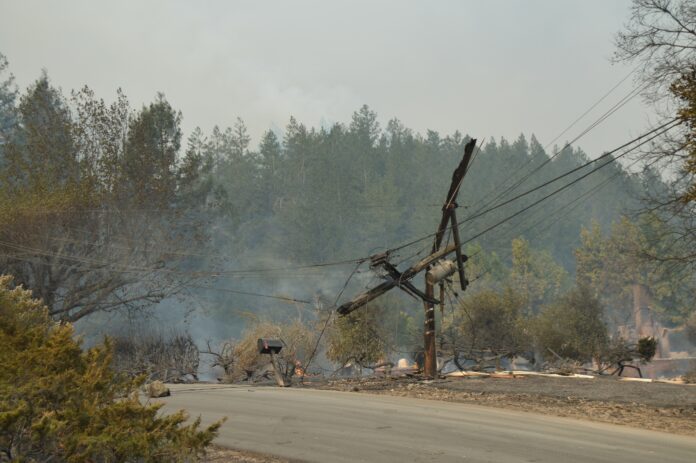“There’s far more areas ready to burn in Sonoma County than that burned,” says Sonoma County Supervisor James Gore. “And there’s far more communities that are more in harm’s way than Coffey Park ever was.”
Egads, that’s scary talk coming from the Fourth District supervisor and freshly minted head of the five-member BOS. Gauging from fire-burn maps put out by Cal-Fire, it’s pretty clear that that Windsor, which Gore represents, dodged a flaming bullet in October.
But what of this year, or the next? In the “new normal,” what’s actually being done to prevent or mitigate against future North Bay fires?
Lots, says State Sen. Bill Dodd, who represents Napa and parts of Sonoma county that got scorched. Dodd was himself evacuated and numerous of his neighbors, he says, lost their homes to October’s fires.
The North Bay legislative team in Sacramento has been doing yeoman’s work since the fires to address numerous fire-fallout questions, issuing bills that grapple with an “ember alert” early-warning system, that enact various fire-insurance reforms, and that provide property-tax bridge relief from the state to municipalities now dealing with a cratered tax base to fund the local schools.
And last week Dodd was in Santa Rosa with others from the delegation—Rep. Jim Wood, Sen. Marc Levine—to talk up SB 894, the “downed power line bill,” says Dodd, which offers the most tangible antidote to any future wildfire that may burden the region.
The bill would require utilities such as PG&E to turn off the power when weather conditions reach a critical mass of high temperature, low humidity and high wind. Those factors were all in play on the dread night of October 8, 2017.
“We know,” says Dodd, “that perhaps every fire was started by downed electrical lines in our grid. What we don’t know until the investigations’ over is who is at fault.”
Shutting of the power because it’s hot and windy and dry, Dodd concedes, is a problematic process fraught with the specter of frustrated customers hollering about false alarms. But it’s also a protocol that’s regularly deployed in states that deal with a lot of tornado activity. And in California, too: After the San Diego fires of 2003, the city used a number of available grants, Dodd says, to deploy micro weather stations that provide real-time data on wind speed, humidity and air temperature. Since 2003, San Diego hasn’t faced the fire fury, but Dodd notes that they’ve shut down the power more than a few times because of fire-friendly weather conditions.
There are also complicating factors owing to the power needs of hospitals and the hospitality sector, he says. They’ll have to “be thinking about becoming more resilient.” Translated: Buy a backup generator or a few of them.
Still, since as Dodd notes most wildfires that impact high-population areas begin in the rural interface, that’s where utilities such as PG&E ought to be focusing their turnoff attention. Under SB 894, “the utilities are going to have to get smart about where those turnoff points are,” he says, “and that urban areas aren’t necessarily shut down.”











